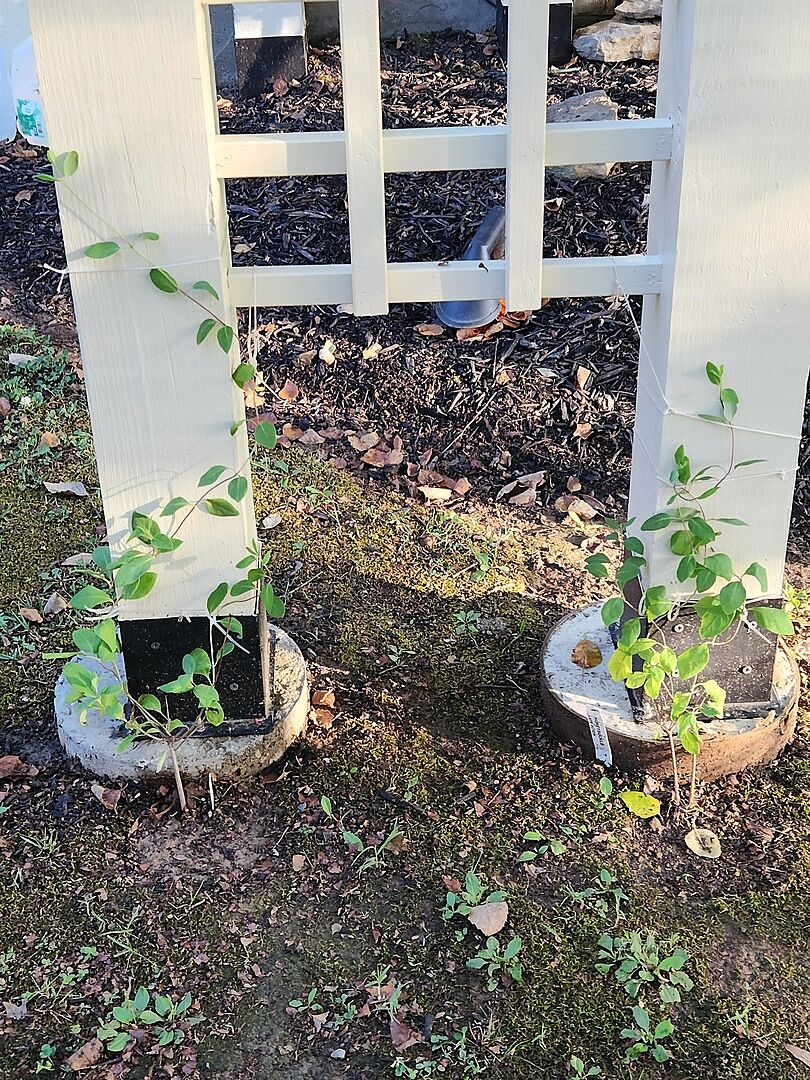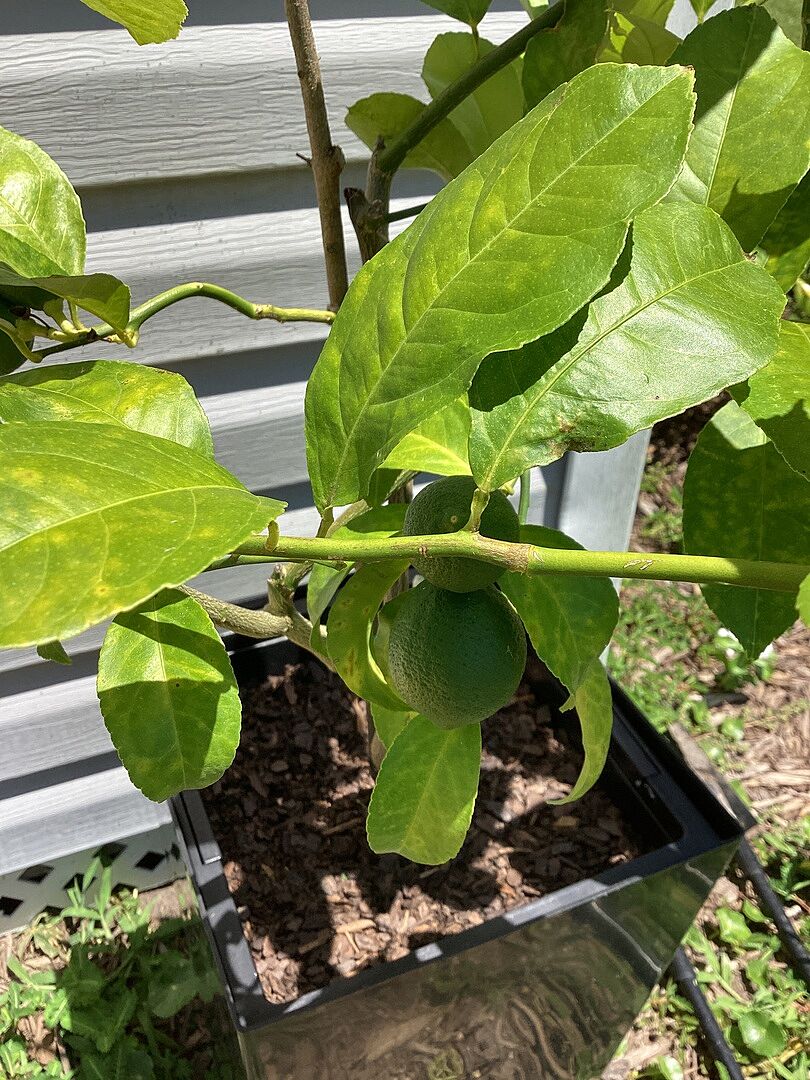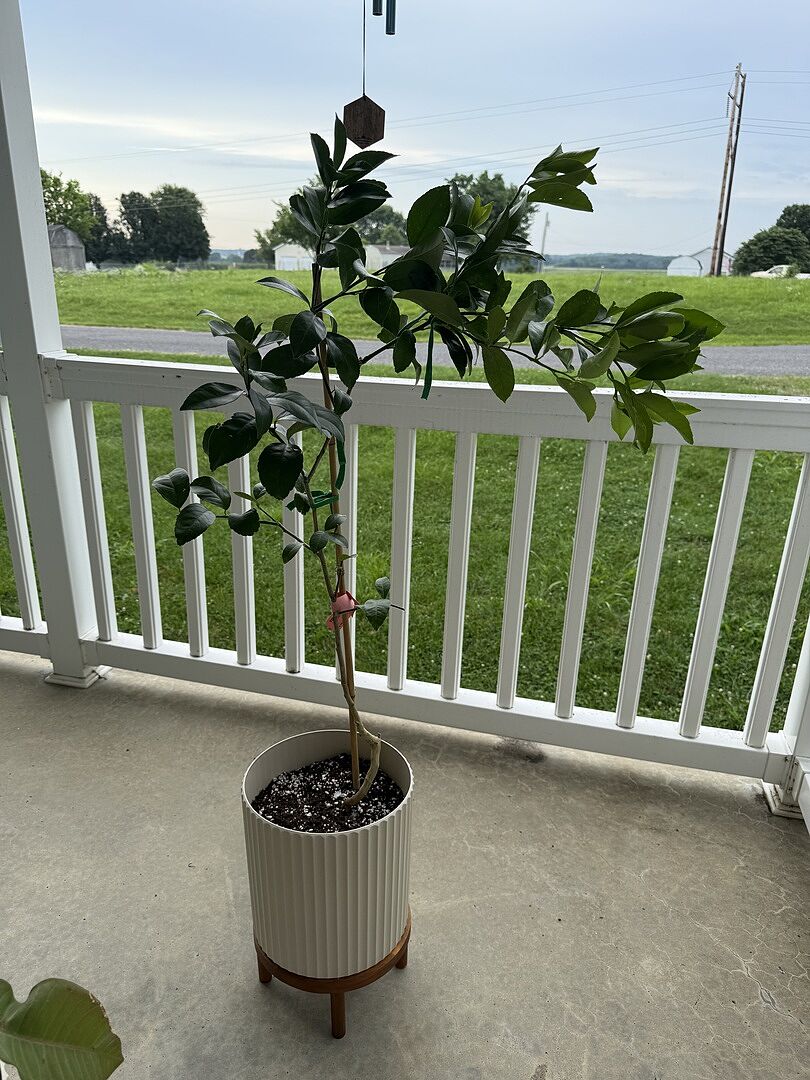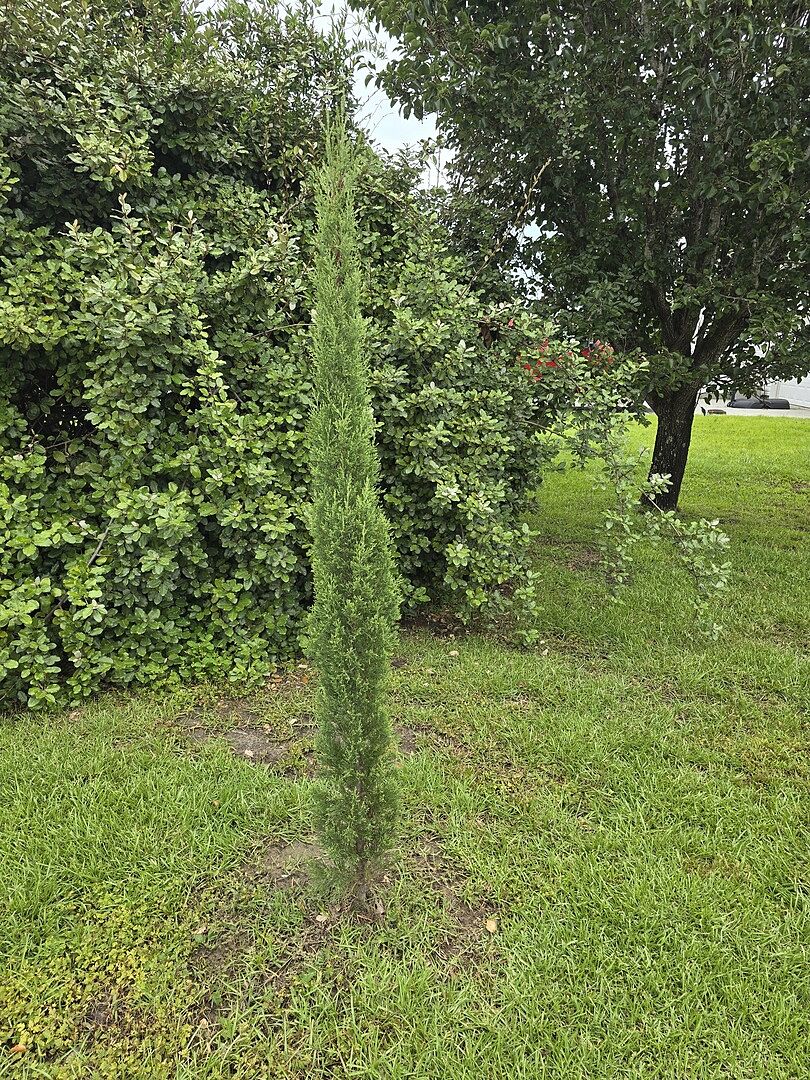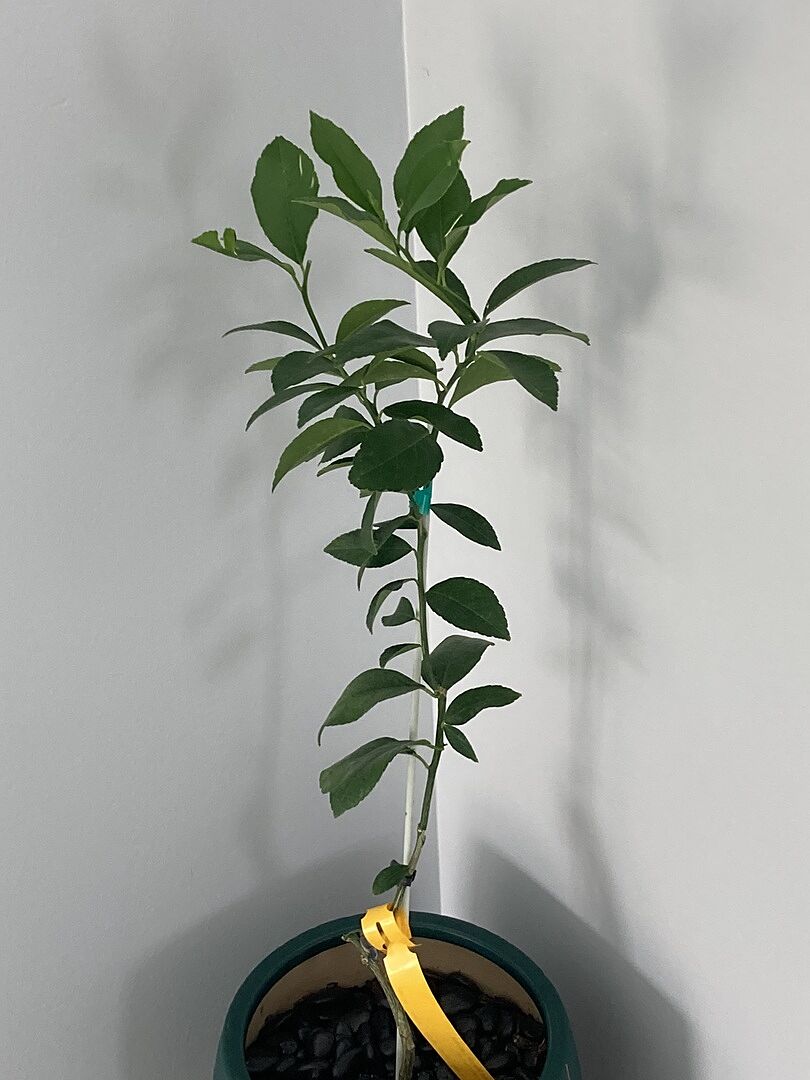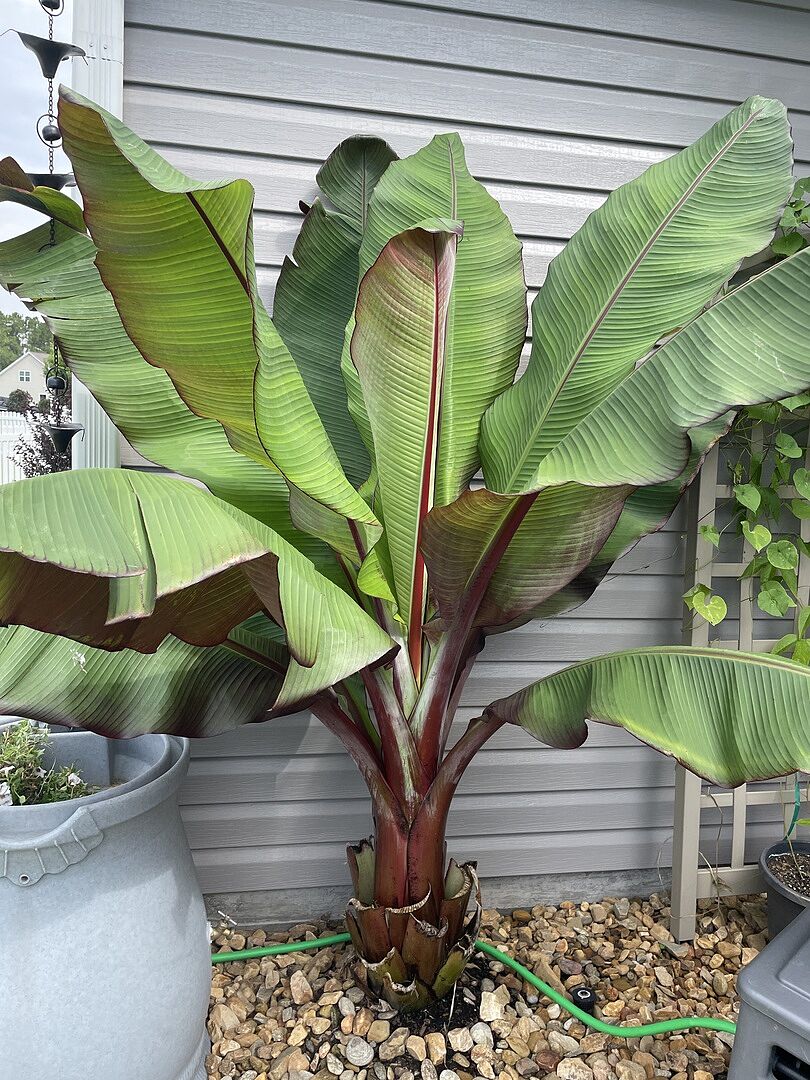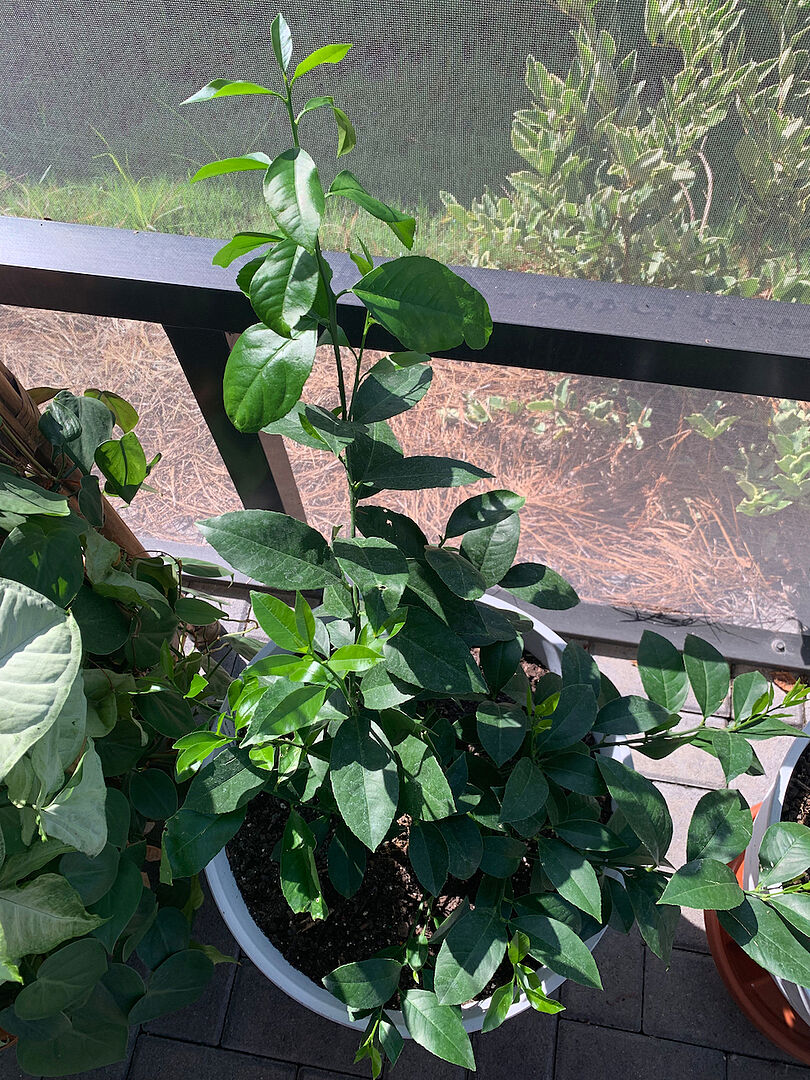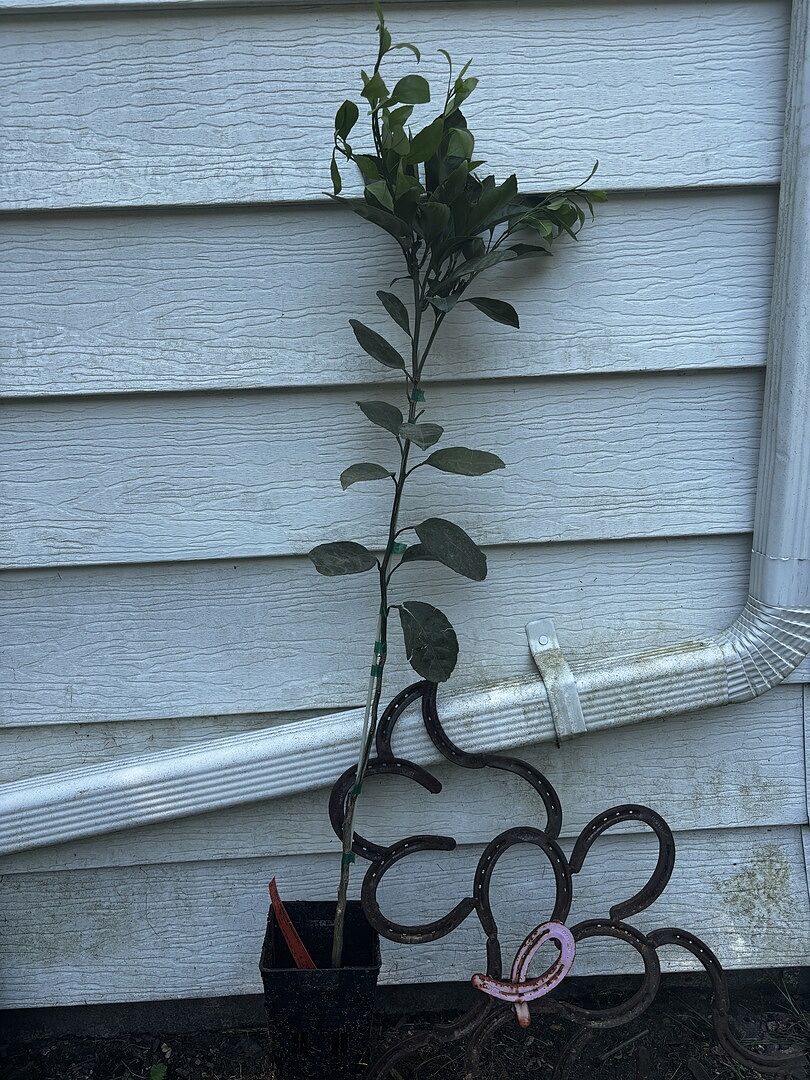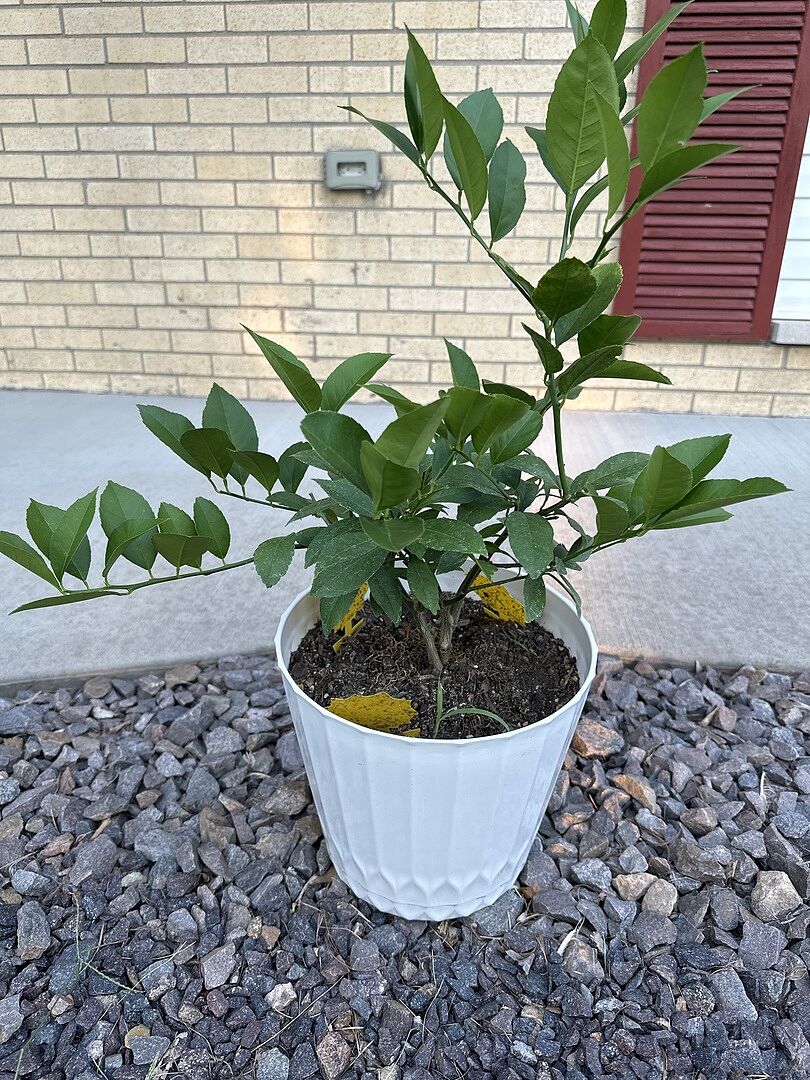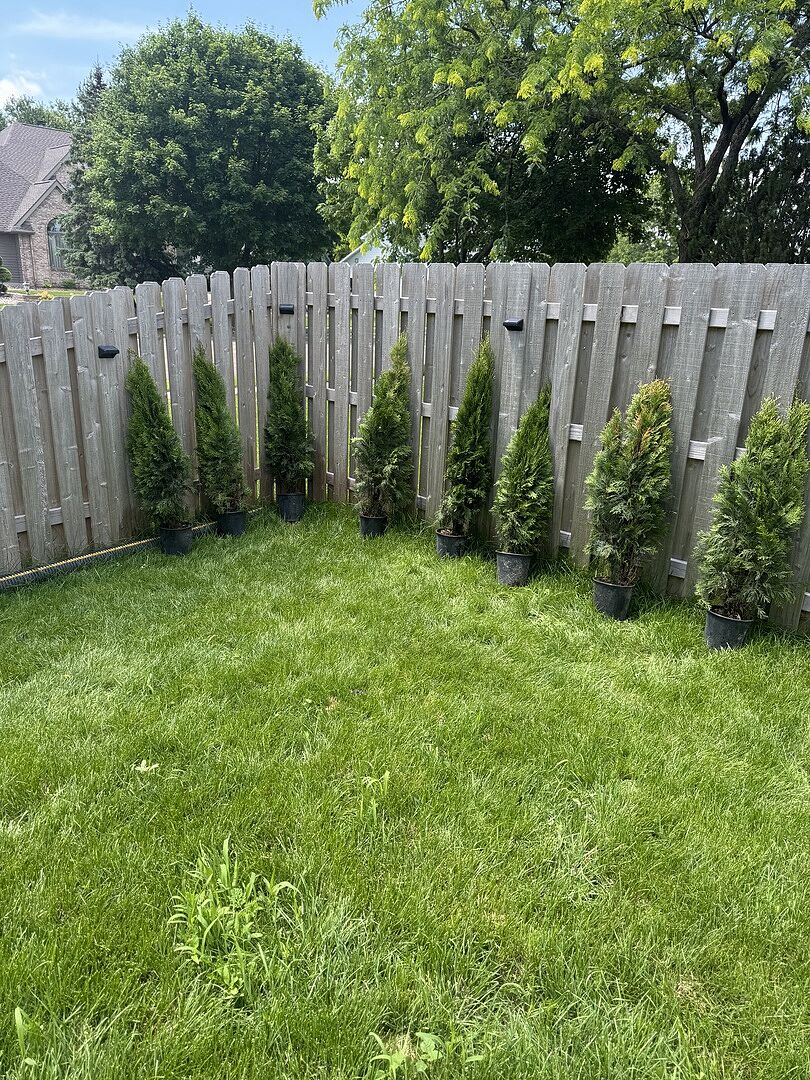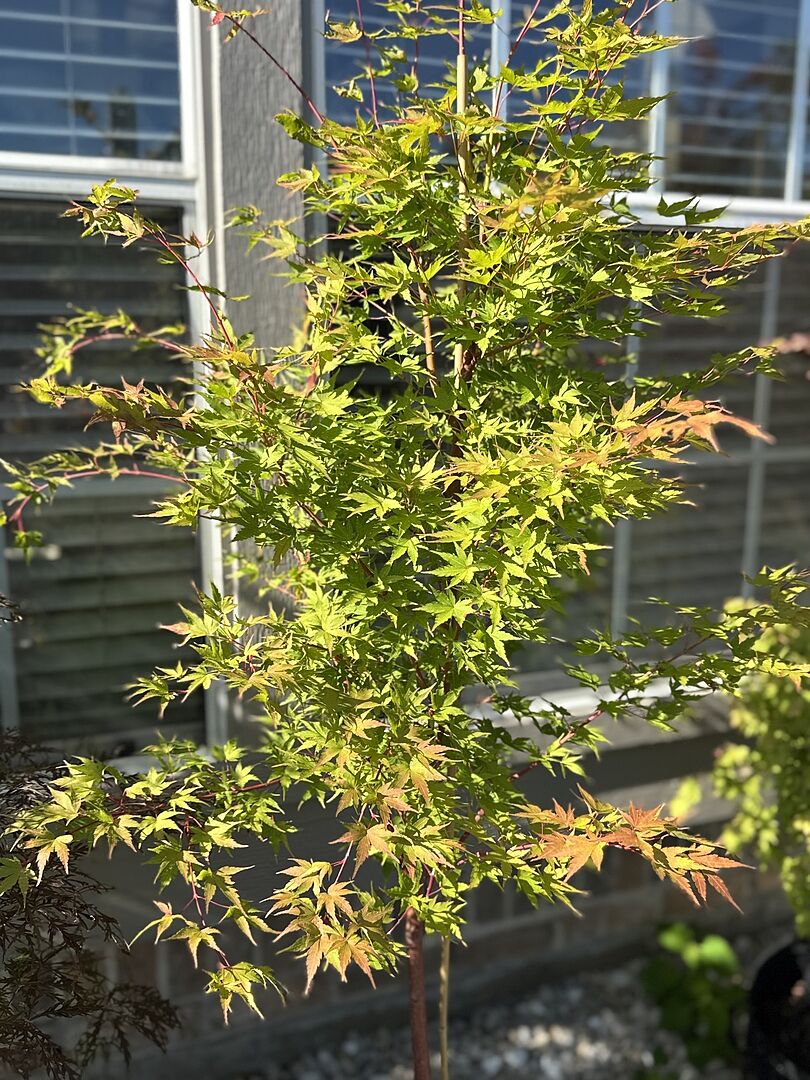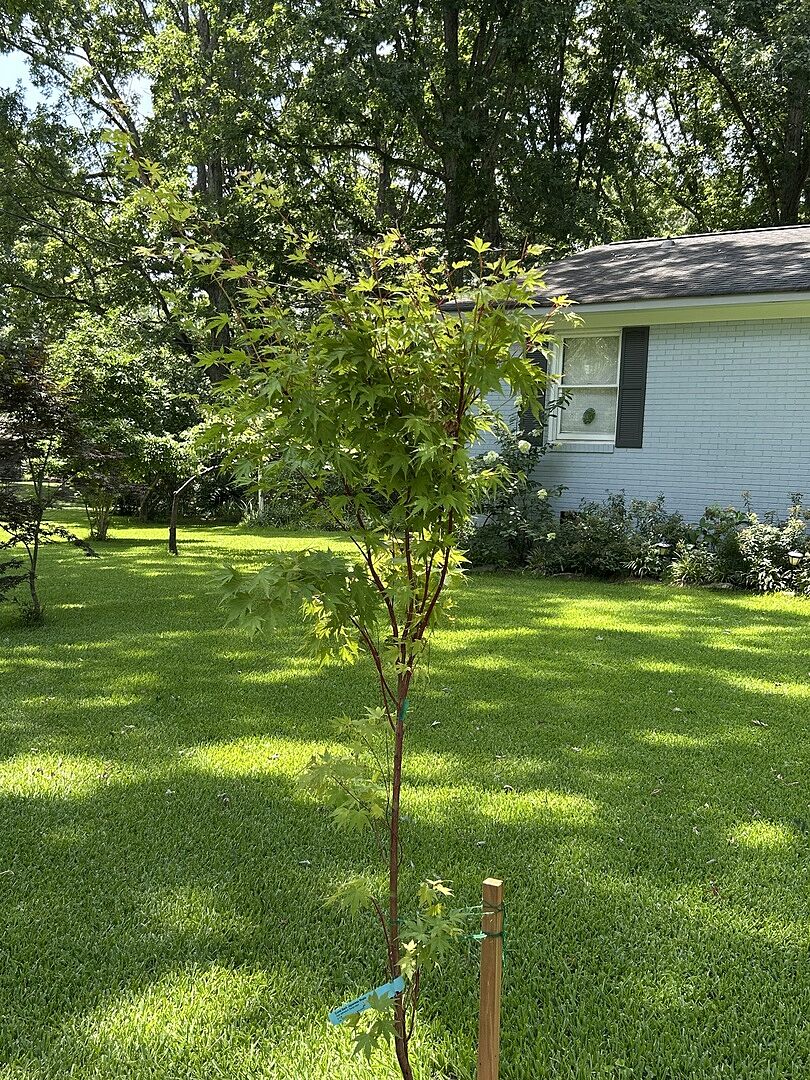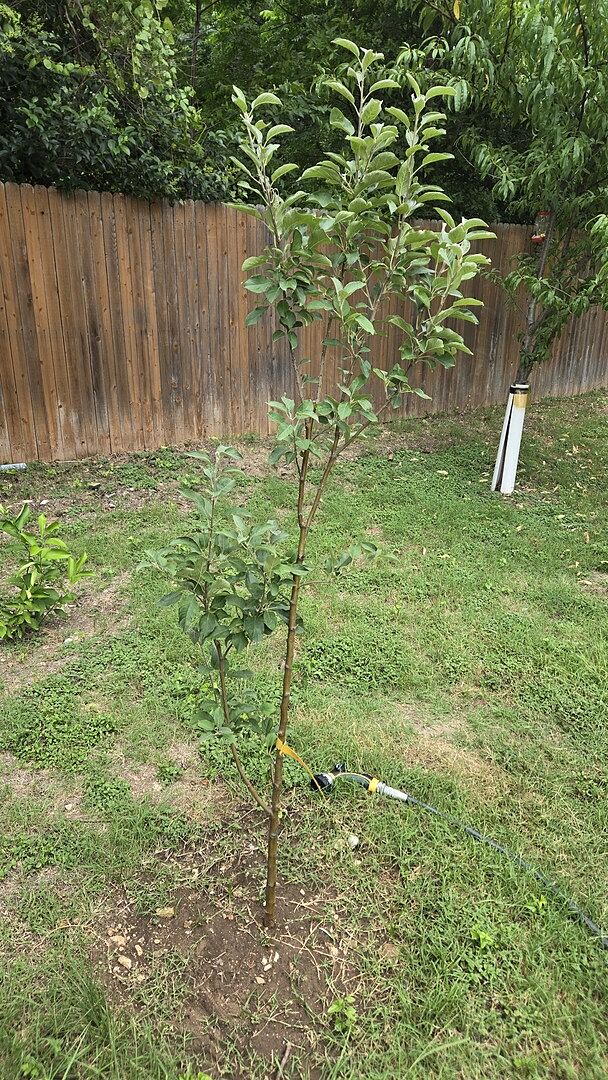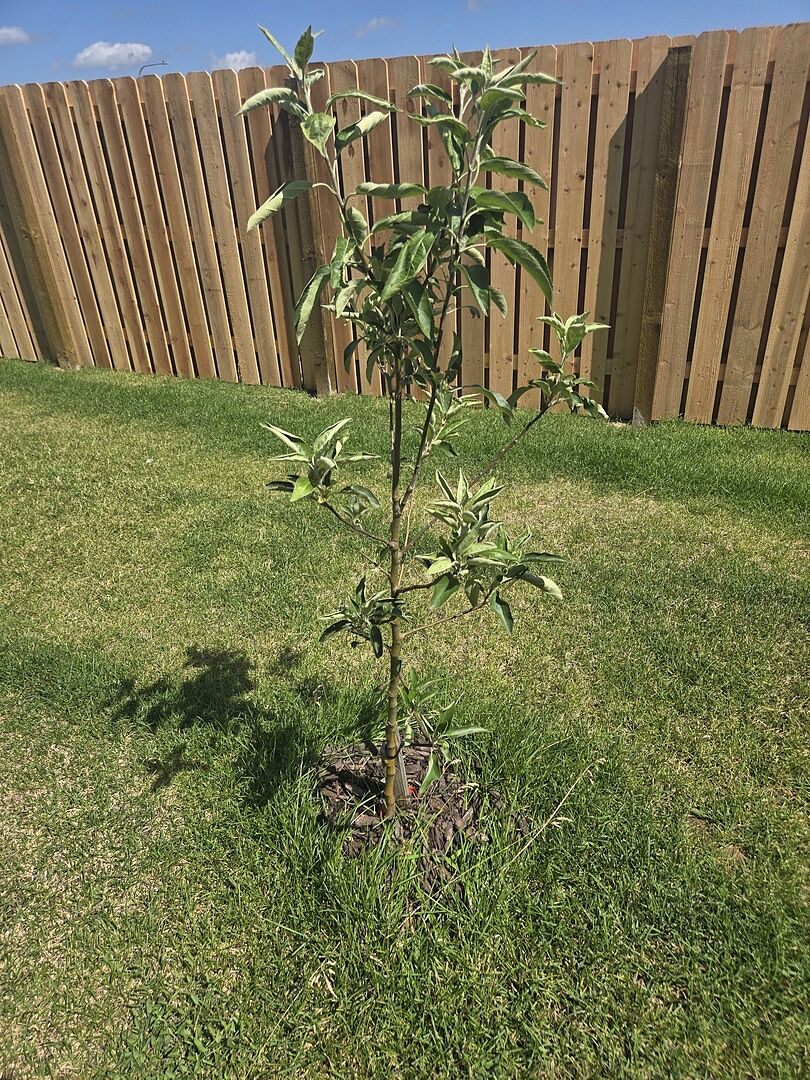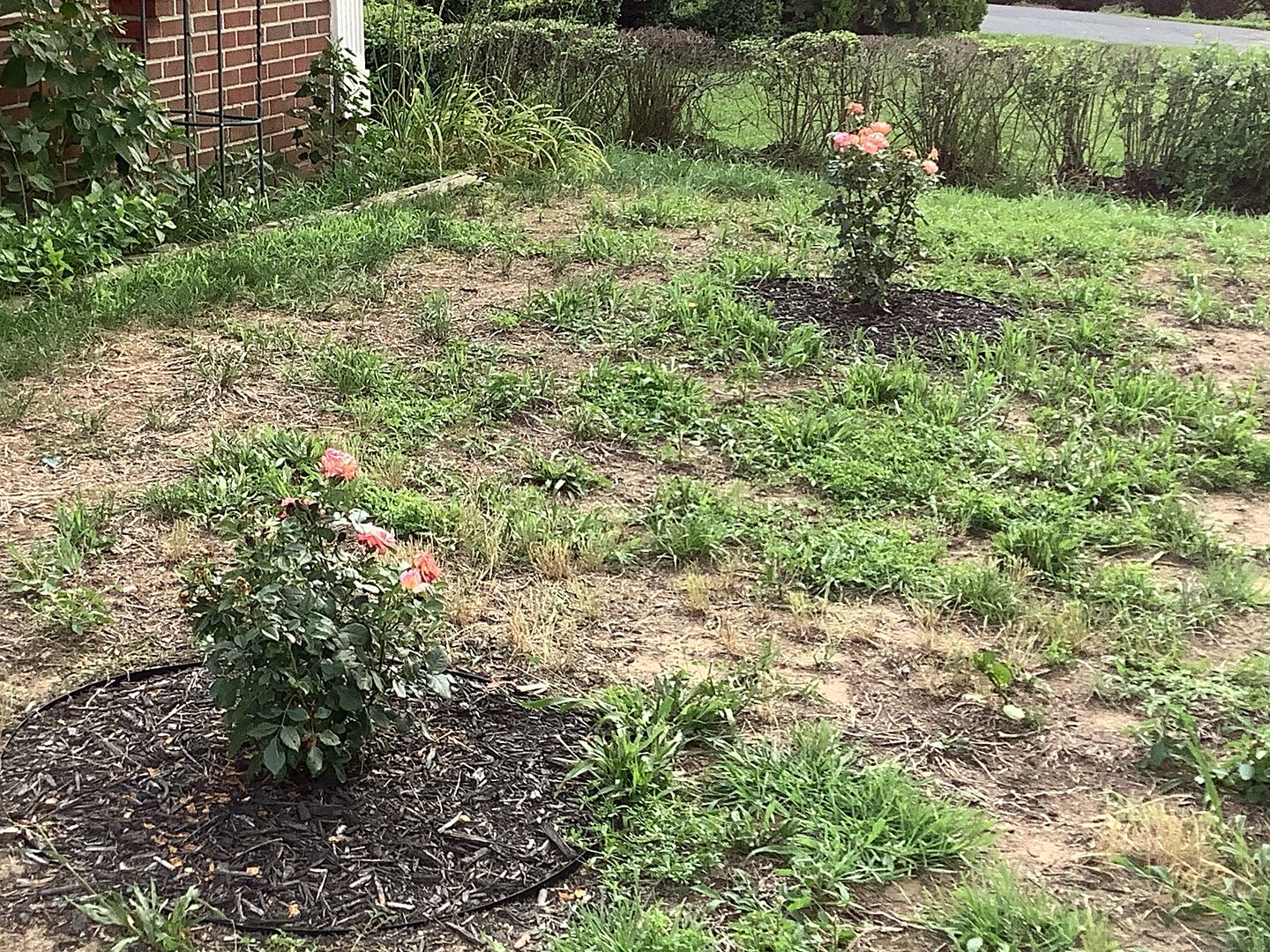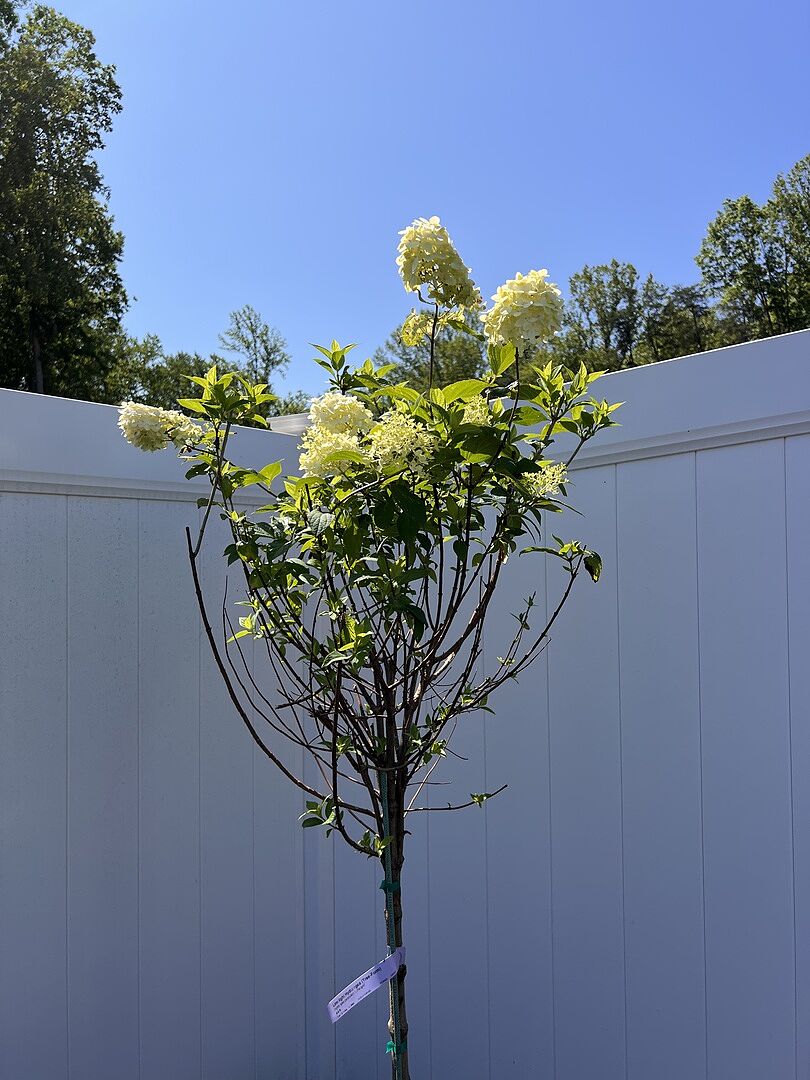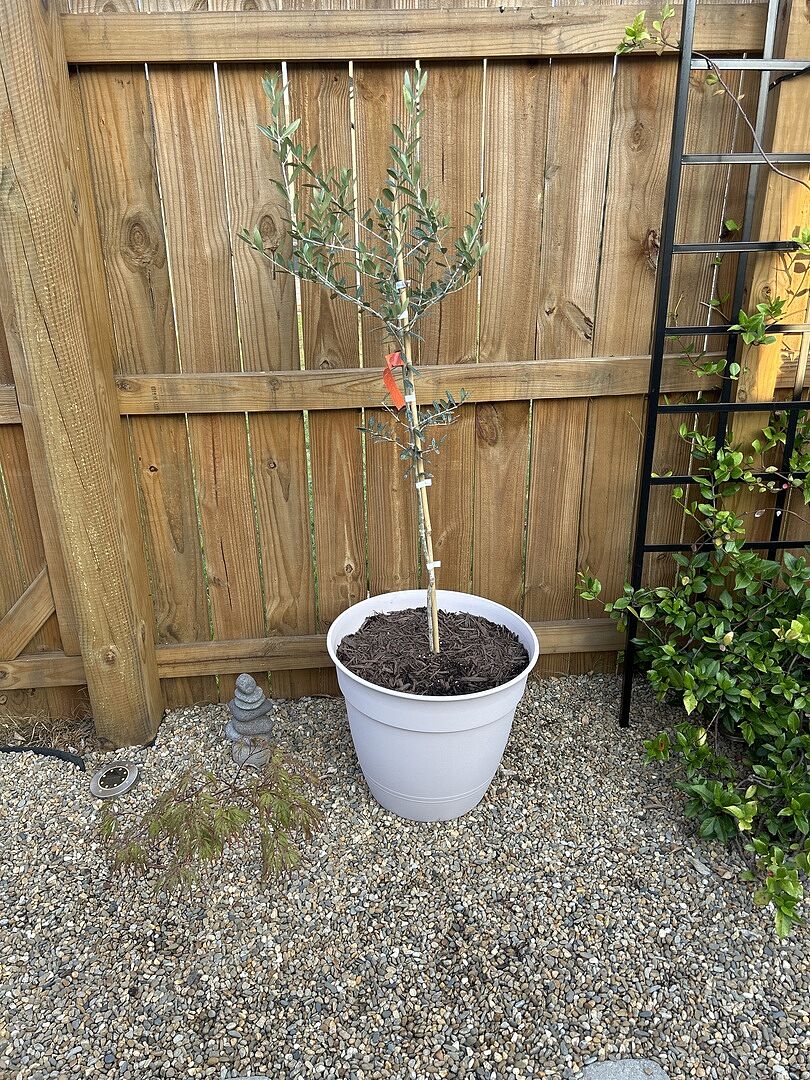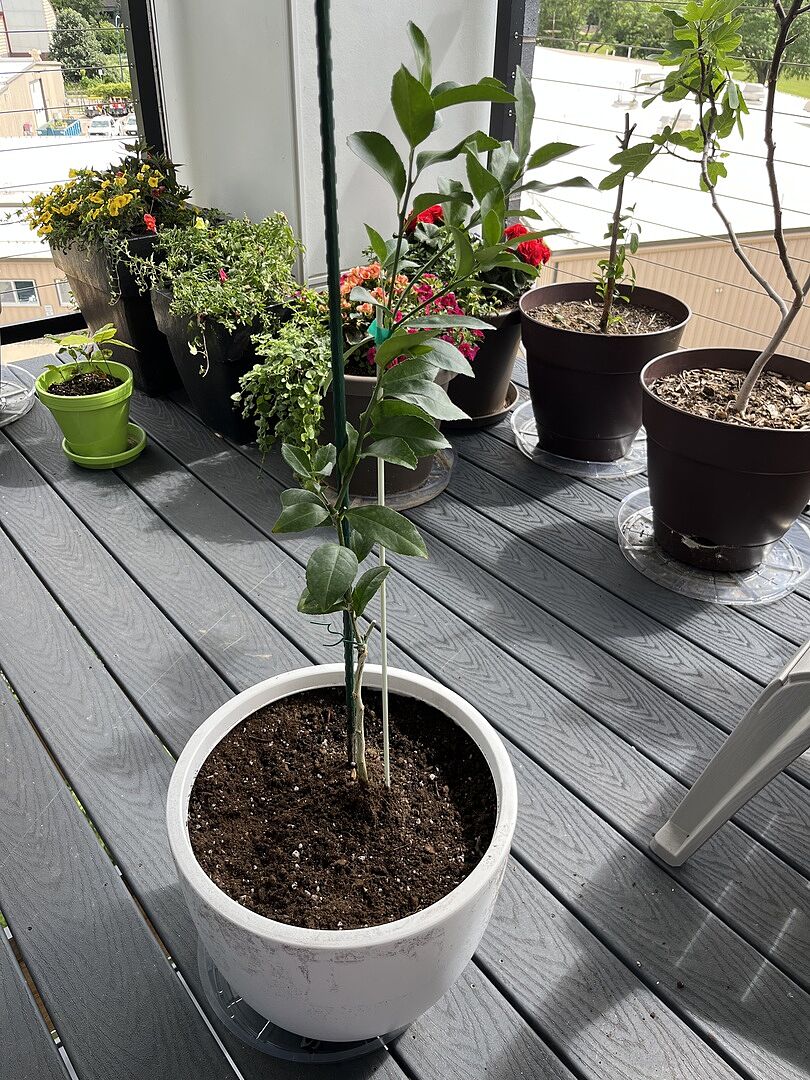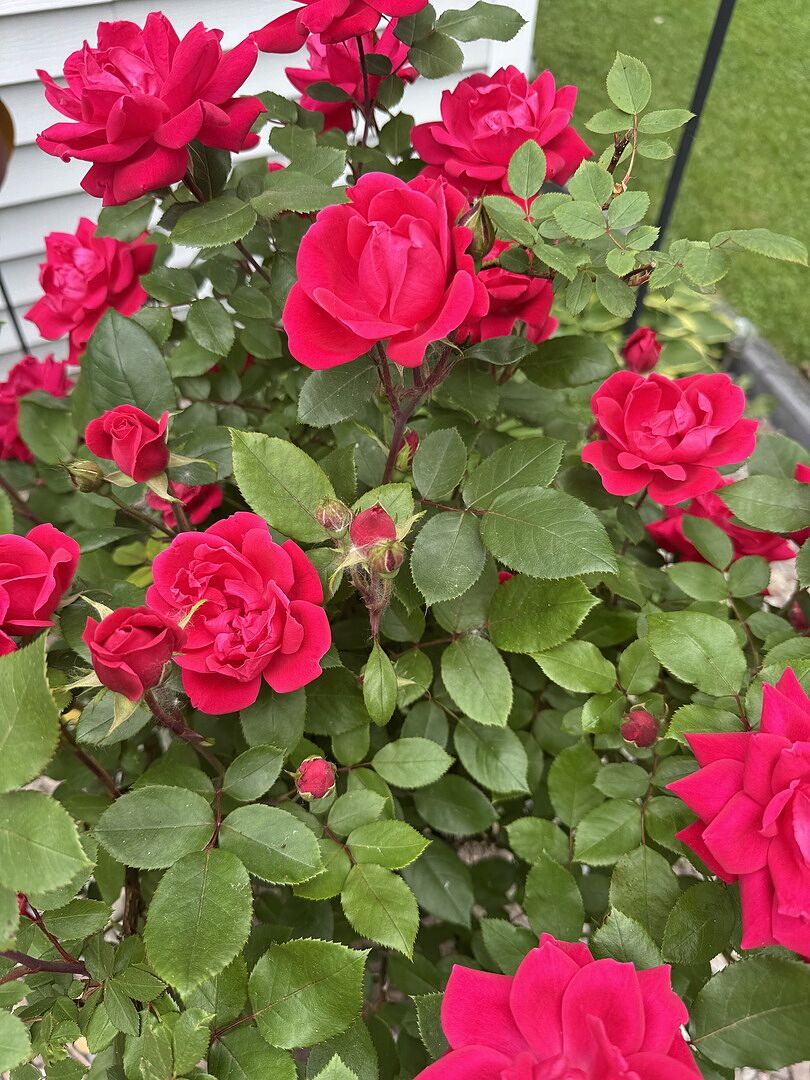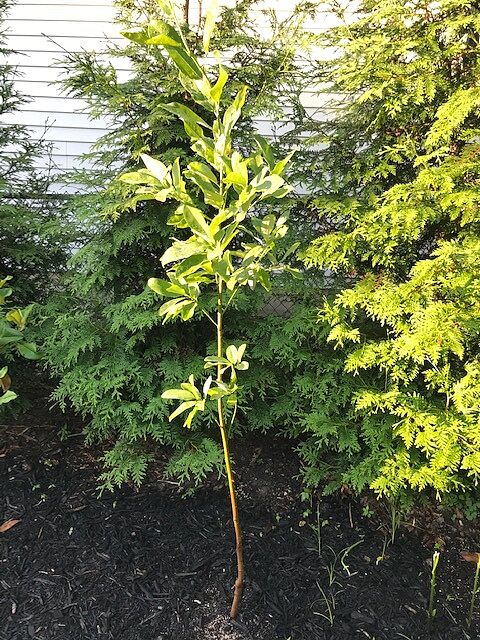How to Plant Grass Seed

Last updated: Aug 30 2021

Envious of your neighbor's lush, green lawn, but not sure where to start? We've got you covered!
While maintaining the perfect lawn can seem impossible, it's not hard once you know what kind of grass seed you need and what you need to do to keep it growing happy and healthy.
In this guide, we’ll cover different types of grass seed, how you can find the best grass seed for your yard, and how to prep and plant your grass seed for the perfect lawn.
Types of Grass Seed
A gorgeous green lawn starts with the right type of grass seed. Lawn compositions vary based on many factors, including your region, the shadiness of your yard, how much rain you get and the amount of foot traffic the grass receives, to name a few.
First, choose a grass seed that will thrive in your area based on where you live. Grass seed varieties are divided by region into three types:
- Cool-season grasses are designed for the northern parts of the United States. These grasses grow more quickly in the spring and fall, while slowing their growth in the hotter months so they don’t become unmanageable. They also make great winter grass seed for colder parts of the country that don’t get much snow. Cool season-grasses include some Fescue, Bluegrass and Ryegrass.
- Transitional grasses grow in the middle part of the country where temperatures are neither too cold nor too hot. Typically, transitional grass lawns may be a blend of both cool-season and warm-season grasses.
- Warm-season grasses, otherwise known as deep south/gulf grasses, thrive in warmer climates and are not cold-resistant. Warm grasses include Bermuda Grass, Zoysia and St. Augustine Grass.
You'll want to plant cool season grasses in spring or fall and warm-season grasses in summer.
In addition to considering where you live, there are other considerations you want to keep in mind when choosing a grass seed, as well.

Find the right grass seed for your lawn with this chart.
Shade
Grass seeds have different levels of tolerance for shade. Most lawn grasses appreciate full sun, and only some varieties will thrive in shade. This is important when considering where you plan to plant the grass. Do you need to seed in shady areas beneath tall trees? Do you live in a cloudy area? You'll want to consider a more shade-tolerant grass.
Foot Traffic
You should also think about how many people will be walking on your grass and what kind of activities it'll need to stand up to. Different grass varieties have different traffic tolerances - some are more delicate and shouldn't be used for high-traffic areas, while other, sturdier grasses are great for pathways, playing fields and busy backyards. Be sure to research how much wear and tear your grass seed will handle.
Drought Tolerance
Some grasses can tolerate periods of drought, while others will quickly turn brown if your region experiences weeks or months without rain. Depending on whether or not you want to water your lawn with a sprinkler, keep this in mind, as well.
Overseeding vs. Renovating
When choosing your best grass seed, you also want to consider your purpose. There are two goals homeowners typically have when buying grass seed. Some may want to overseed, which means adding seed to fill out a thin lawn or to keep a lawn green for more seasons.
For instance, if you have a lawn that only has cool-season grass, you may want to overseed with a warm-season or transitional grass seed. This way, when the cool-season grasses die back in the warmer months, you'll have a lawn that withstands high temperatures.
The other option is renovating your lawn, which essentially means adding new grasses to a bare or damaged part of your yard, or fully seeding a new lawn. Typically, you should renovate your lawn if 40 percent of it is damaged or diseased. This means that you should kill off damaged or diseased grasses before reseeding the area from scratch.
Common Grass Seed Types
There are many different types of grass seed, and each is best used for different landscapes and climates.
Fescue
Both a cool-season and transitional grass, Fescue Grass Seed is extremely tolerant of adverse conditions. It resists disease, while also tolerating high heat, shade, and even drought, and it establishes quickly. If cared for properly, Fescue can stay green throughout the year in the right conditions.
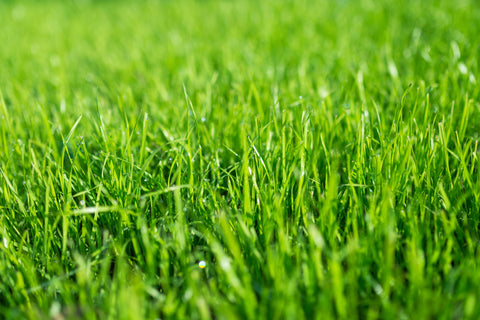
Cool-season or transitional Fescue grass can tolerate many conditions and typically stays green year-round.
Bermuda Grass
Another popular choice is Bermuda Grass, a transitional or warm-season grass. This grass is beautiful but can be more difficult to care for than Fescue - it needs full sun and well-draining soil, as well as added nutrient care. However, this warm-season grass is tolerant of drought, heat, salt, and even traffic.

Bermuda Grass grows thick and green in warm climates, but will die back in the winter.
Ryegrass
Another cool-season choice, Ryegrass is valued as a perennial grass because it germinates and becomes established quickly. Ryegrass is tolerant of cold, heat, and drought, and it can withstand some shade.
Grass Seed Blends
While some gardeners opt for lawns consisting of only a single type of grass, many others choose a seed mix appropriate for their region and lawn needs. Grass seed blends can be a mix of several different types of grass seed, or a few varieties of the same type of grass seed.
We offer several grass seed blends based on region, shade tolerance, and seeding purpose, including:
How to Plant Grass Seed
After you’ve decided on the grass seed or seed mix you want to use, it’s time to plant! But before you seed your lawn, it's important that you prepare it so the grass seed can establish strong.
Planting a New Lawn
- Dig or till your lawn to a 3-inch depth, then rake to smooth out the surface and remove large clumps of dirt.
- Add nutrients like compost, topsoil, fertilizer or lime, depending on what your soil needs.
- Distribute your grass seed, using a spreader or your hands, following the rates indicated on your grass seed packaging. To ensure even coverage, spread in one direction, and then go back over in the other direction, for a criss-cross pattern.
- Gently rake the area to distribute a small amount of soil over the seeds. If you'd like, cover your newly planted areas with a weed-free straw, a thin layer of soil, or an erosion control blanket, to protect the new grass seed.
- Water your newly-seeded lawn twice a day until the seeds germinate. Once the new grass is about an inch high, cut back to watering once a day. New grass can take about three days to three weeks to establish, depending on your variety and climate.
- Avoid mowing until your new grass is 2.5-3 inches. Once you've mowed your grass a few times, you can cut back to watering a few times a week (shoot for 1 inch of water weekly). Once grass is established, you can begin applying weed prevention as needed.
Overseeding
- Before overseeding, mow your existing grass as low as possible, and rake to thin out the remaining grass.
- Aerate, using a handheld or electric aerator to loosen up the soil. Add compost, fertilizer, topsoil or lime as needed.
- Spread your grass seed at the rate indicated to overseed on your seed's packaging. Gently rake it in.
- If needed, protect your overseeded areas with straw, mulch or peat moss.
Renovating an Existing Lawn
To renovate a lawn, follow the steps above, but apply an herbicide before aerating and seeding, waiting the recommended time before spreading new grass seed.
How to Care for Your New Lawn
- After the initial establishment period, water your grass at least once a week with 1 inch of water. Water more frequently in times of extreme heat or drought.
- Let the soil dry out somewhat between waterings - your grass will develop stronger roots if you water it deeply and then let it partially dry out before watering again.
- Once your new grass grows long enough to mow, add a dose of high-nitrogen fertilizer.
- Don’t water on the same day each week. Instead, vary your watering day to train your lawn to be more tolerant of drought.
- If your grass is not absorbing enough water, you may need to aerate your yard again.
Plant The Lawn of Your Dreams This Fall!
Many people choose green grasses to round out their front and back yards and provide a year-round backdrop for their landscaping. But as we’ve discussed in this guide, not all grass seeds are right for every lawn. Instead, choose grasses based on where you live, how shady your yard or area is, and how often you plan to walk on your grass.
Then, follow the instructions above - depending on whether you're seeding a new lawn, overseeding or renovating - for seeding and care, so your grass seed establishes strong and continues to grow healthy.
To help you get your dream lawn faster, we've hand-picked some of the best grass seeds on the market. Check out our fast growing grass seeds to simplify the process and get started with your lush, green lawn!

Written by
Abby Healy
Abby is an avid plant lover and the Director of Content at FastGrowingTrees.com. She grew up in Maine, graduated from Davidson College, and now resides in Charlotte, North Carolina with her husband and two dogs. Her previous roles include leading content teams at Red Ventures, a large digital media company, and launching the content and marketing functions at an ecommerce analytics start-up.
While her indoor plant collection is always growing, she also loves landscaping tips and learning more about plant care and maintenance. Her favorite plants are Japanese maples, roses of all kinds, and unique house plants.
Featured Product

TurboTurf™ Tall Fescue Grass Seed
9 reviewsStarting at $34.95


















